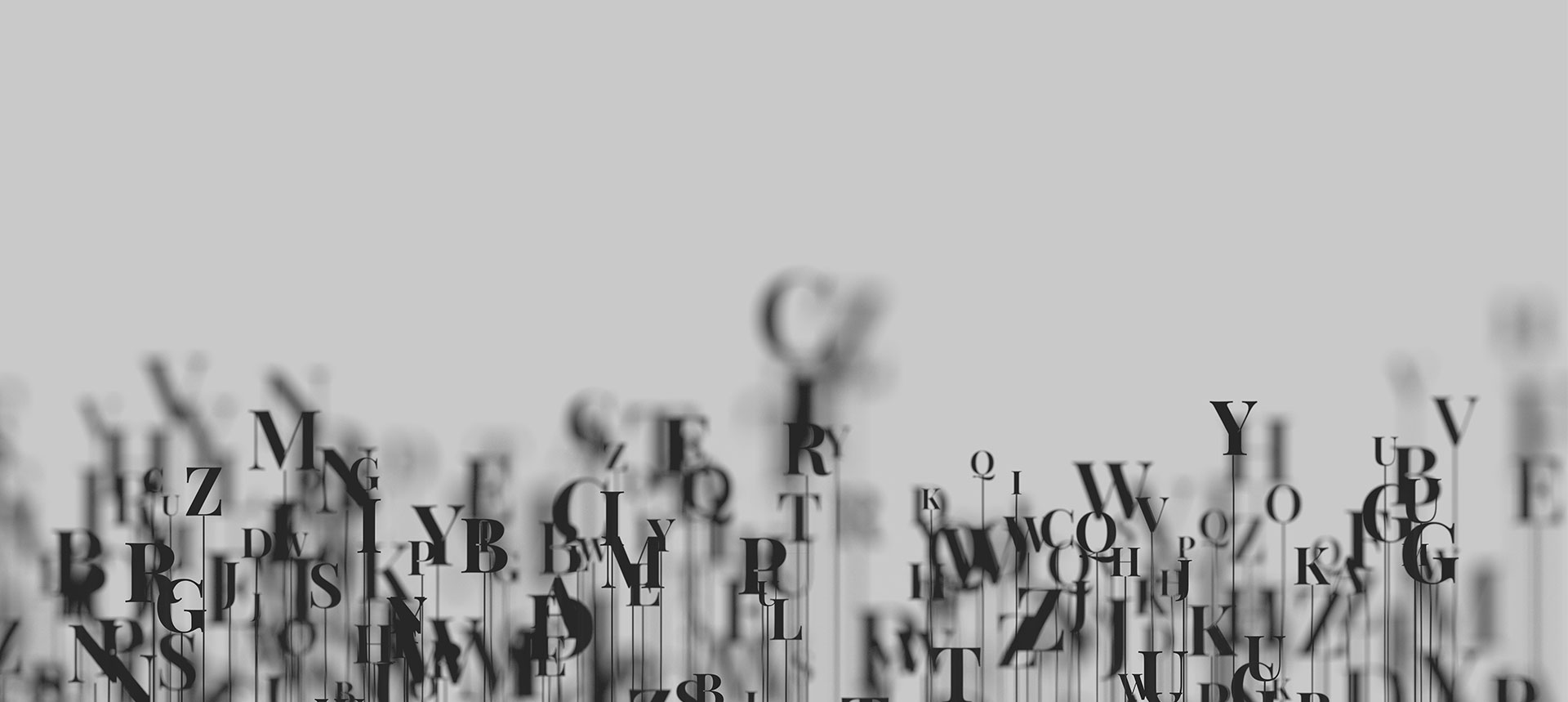Demystifying Creative Jargon: A Guide for the Uninitiated
July 14, 2023
In the world of design and advertising, we often come across terminology that might seem like a foreign language to those outside the industry. This creative jargon is a necessary part of the trade – it helps professionals communicate effectively about complex concepts. But for clients and newcomers, it can be a little overwhelming.

That’s why we’ve put together this handy guide to demystify some of the most commonly used terms in the creative industry. Let’s jump right in!
Brand Identity
A brand’s identity goes beyond just a logo. It encompasses all the visual elements that represent a company and differentiate it from others. This includes color schemes, typography, imagery, packaging, website design, and even the tone of voice used in messaging.
Copywriting
Not to be confused with copyright, copywriting refers to the art of writing text (known as “copy”) for promotional materials. This could include anything from ad scripts and taglines, to website content and social media posts.
Mood Board
A mood board is a visual tool that helps creatives communicate the proposed style, mood, and direction of a creative project. It’s typically a collage of images, colors, typography, textures, and other design elements.
White Space
Also known as ‘negative space’, this term refers to the unmarked areas of a design. Contrary to what you might think, white space doesn’t necessarily need to be white – it’s any area free from text, images, or embellishments. Effective use of white space can give designs a clean, sophisticated look and improve readability.
Vector Graphics
Unlike raster graphics, which are made up of pixels, vector graphics are composed of points, lines, and shapes. The advantage of vectors is that they can be resized without losing quality, making them perfect for logos and other design elements that need to be used at various scales.
User Interface (UI) and User Experience (UX)
UI refers to the visual elements of a product or a digital interface, including buttons, icons, spacing, and responsive design. UX, on the other hand, involves the overall experience a user has while interacting with a product or service. While UI is about aesthetics, UX is about functionality and usability.
Call to Action (CTA)
A CTA is a prompt that encourages a viewer or reader to take a specific action. This might be a button that says “Buy Now” or a line of text urging users to “Sign up for our newsletter.”
Above the Fold
Borrowed from newspaper jargon, ‘above the fold’ in digital terms refers to the portion of a webpage that is visible without scrolling. It’s often where the most important information and CTAs are placed.
Serif and Sans Serif
Serif fonts have small decorative strokes (called ‘serifs’) at the end of the larger strokes of a letter. Examples include Times New Roman and Georgia. Sans Serif fonts, like Arial or Helvetica, do not have these extra strokes and often appear more modern and clean.
Responsive Design
This term refers to a website or app’s ability to automatically adjust and adapt its layout to different screen sizes and orientations, ensuring a user-friendly experience on any device.
We hope this guide has helped clear up some of the mystique surrounding creative jargon. By understanding these terms, you’ll be better equipped to communicate your needs and ideas in any creative project, and you’ll have an easier time navigating discussions with your creative team. Remember, don’t hesitate to ask for clarification if a term or concept isn’t clear – we’re here to help!